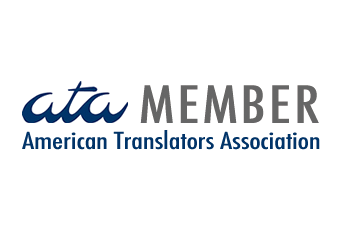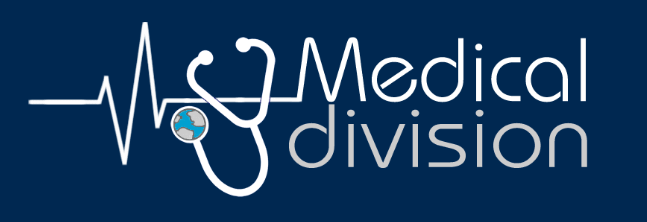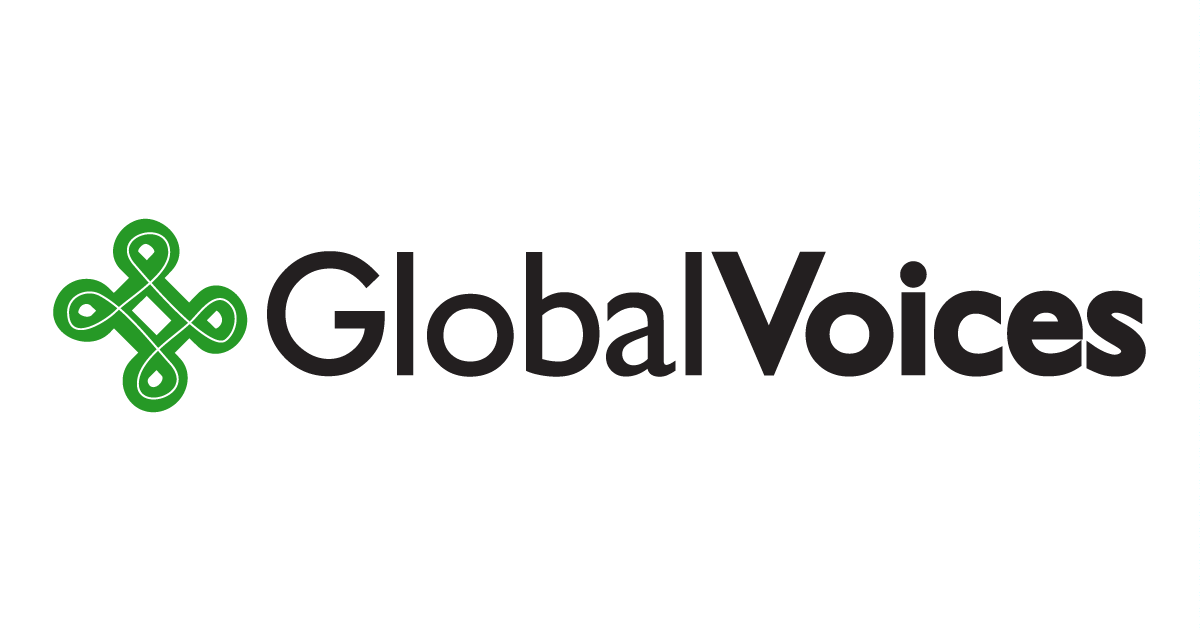Overview of ICH E3 Guideline (Clinical Study Reports) for Medical Writing
What is the International Council for Harmonisation (ICH) and Its Guidelines?
The International Council for Harmonisation of Technical Requirements for Pharmaceuticals for Human Use (ICH) is a global organization that brings together regulatory authorities and the pharmaceutical industry to develop standardized guidelines. These guidelines aim to streamline drug development and approval processes across different regions, including the European market. Among these, the ICH E3 Guideline specifically addresses the structure and content of clinical study reports (CSRs), providing a clear framework for medical writers and medical editors to prepare comprehensive and consistent documentation. This helps ensure regulatory compliance and facilitates the evaluation of clinical trial data by agencies such as the EMA (European Medicines Agency).
Purpose and Scope of the ICH E3 Guideline
The ICH E3 Guideline provides detailed recommendations on how to organize and present data collected from clinical trials in a standardized clinical study report. This document is essential for regulatory submissions, serving as the main source of evidence for the safety and efficacy of new pharmaceutical products. The guideline helps medical writers ensure that reports include all necessary sections — from study objectives and methodology to results and discussions — allowing regulatory bodies to efficiently assess the data. By following ICH E3, medical editors can maintain clarity, completeness, and consistency across documents, which is critical for successful drug approval.
Key Components of a Clinical Study Report According to ICH E3
The guideline
outlines the essential components of a CSR, including sections such as the study synopsis, ethics, study design, patient disposition, efficacy and safety results, and statistical analyses. For
medical writers, understanding these components is essential to produce reports that meet regulatory expectations. Each section must provide sufficient detail while
maintaining readability and scientific accuracy. The structure recommended by ICH E3 not only supports
regulatory compliance but also aids in
transparent communication between sponsors, regulators, and healthcare professionals.
Importance of ICH E3 (Clinical Study Reports) for Medical Writing in the European Market
For professionals involved in medical writing and editing, particularly those preparing documents for the EMA and other European regulatory agencies, the ICH E3 Guideline is a cornerstone reference. Adhering to this guideline ensures that clinical trial reports are harmonized with international standards, reducing the risk of delays or questions during the review process. As clinical trials become increasingly global, familiarity with ICH E3 allows medical editors and medical writers to support sponsors in producing high-quality, compliant documentation that facilitates market access in Europe and beyond.
Do you need support with preparing or editing your clinical trial reports for EMA submission?
As a
French medical writer and editor with
expertise in ICH guidelines and regulatory compliance, I help pharmaceutical and biotech companies produce clear, accurate, and
submission-ready documentation.
📩 Let’s discuss how I can support your next medical writing project — Contact me
This post was written and published by Emi Lecret, French medical writer and pharmaceutical translator
Share









